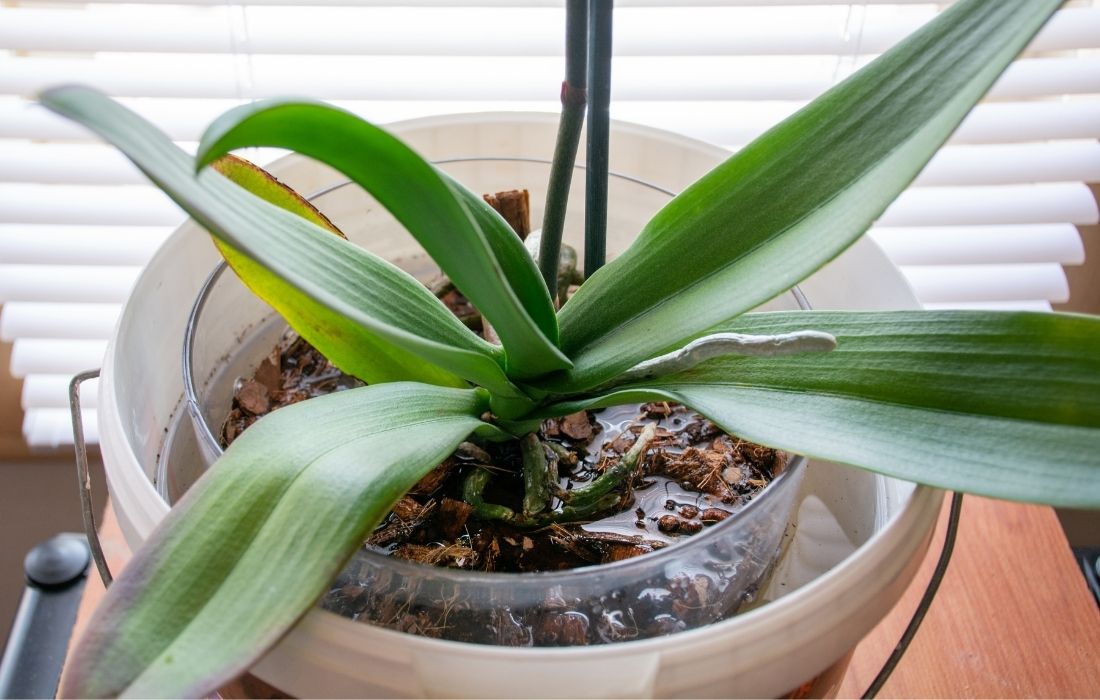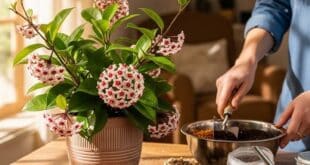Welcome to the ultimate guide on how to water orchids! If you’re passionate about keeping your orchids blooming and healthy, understanding their watering needs is crucial. Orchids are stunning plants that require specific care, and watering is a key part of that process. In this article, we’ll dive deep into how often to water orchids effectively, ensuring they thrive in your care.
Understanding Orchid Watering Needs
Orchids have a unique relationship with water. Originating from tropical forests, these plants thrive in humid environments. To mimic their natural habitat, aim for at least 50% humidity during the day and 70% at night. To achieve this, it’s important to keep your orchids away from air conditioners and heaters, which can dry out the air. Instead, consider using a humidifier, misting the leaves, or placing the pot on a tray filled with pebbles and water. These methods will help maintain the humidity levels your orchids love.
Observing Your Orchid’s Watering Needs
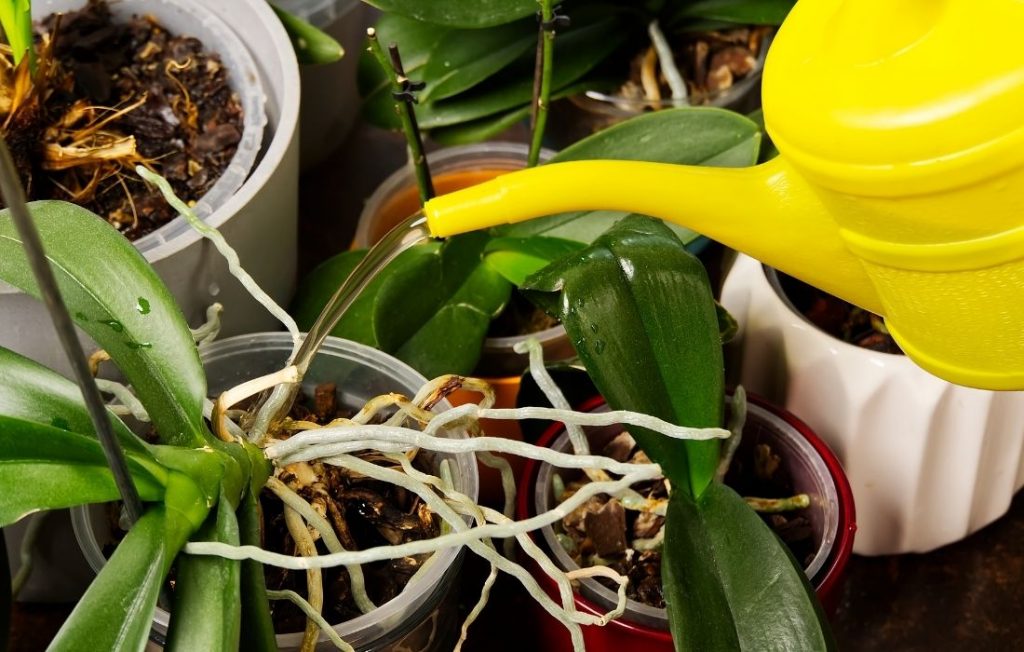
When it comes to how to water orchids, it’s essential to observe your plant closely. Orchids can be finicky, and their watering needs can vary based on several factors like air quality, humidity, temperature, and the specific soil and root structure of your orchid. The best way to determine when to water orchids is by observing the plant itself.
Most orchids are potted in transparent containers, allowing you to see the root structure and soil. This transparency helps you monitor the plant’s watering needs effectively.
Root Color and Texture Indicators
The roots of your orchids provide vital clues about their watering needs. Here’s how to interpret them:
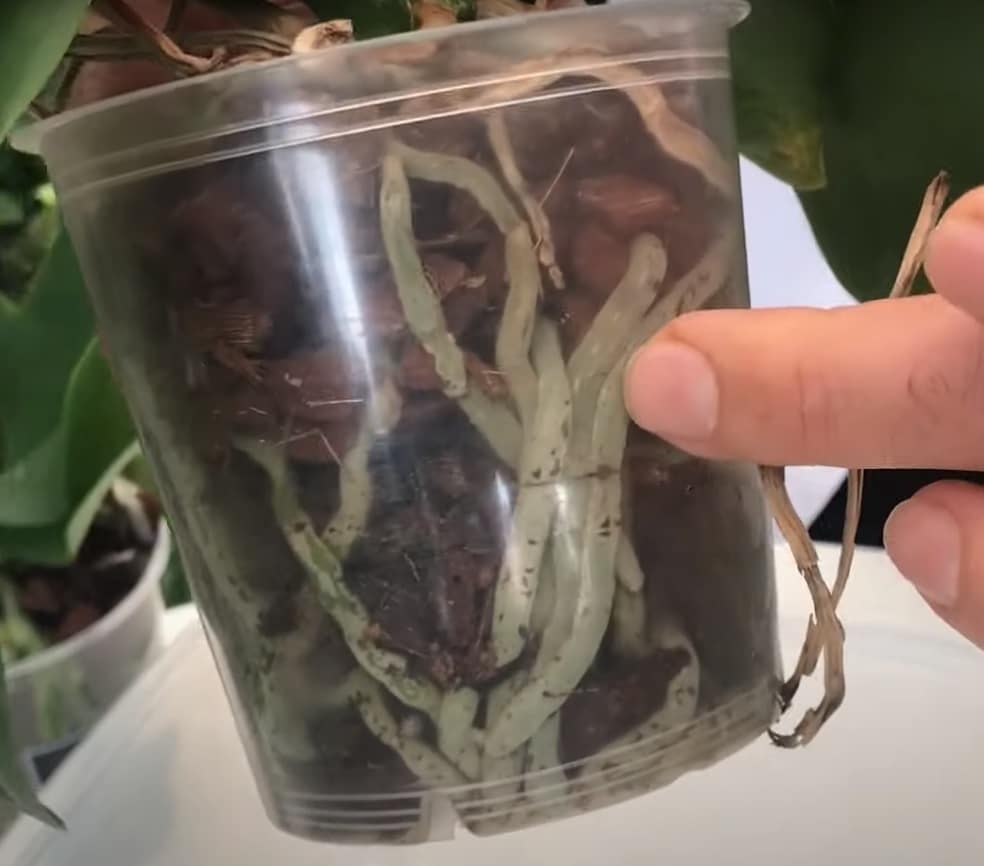

- Gray-White Roots: This is a clear sign that your orchid needs water. When you notice this color, it’s time to water your plant. Orchids with gray-white roots are thirsty and require immediate attention.
- Dark Green Roots: If your orchid’s roots are dark green, congratulations! Your plant is well-hydrated and doesn’t need watering. Overwatering at this stage can lead to root rot and fungal issues, so it’s best to wait before watering again.
- Brown and Melted Roots: Brown and melted roots indicate overwatering. If you see this, it’s crucial to reduce the watering frequency or the amount of water you provide. Orchids with brown roots are suffering from excess moisture.
- Wrinkled or Damaged Roots: These roots are a sign of dehydration. In this case, increase watering intervals and provide more water. Orchids with wrinkled roots need more hydration to recover.
Watering Methods for Orchids
Now that you know when to water orchids, let’s explore the different methods. Orchids require distinct watering techniques due to their unique soil and root structure. Here are two popular methods:
Immersion Method
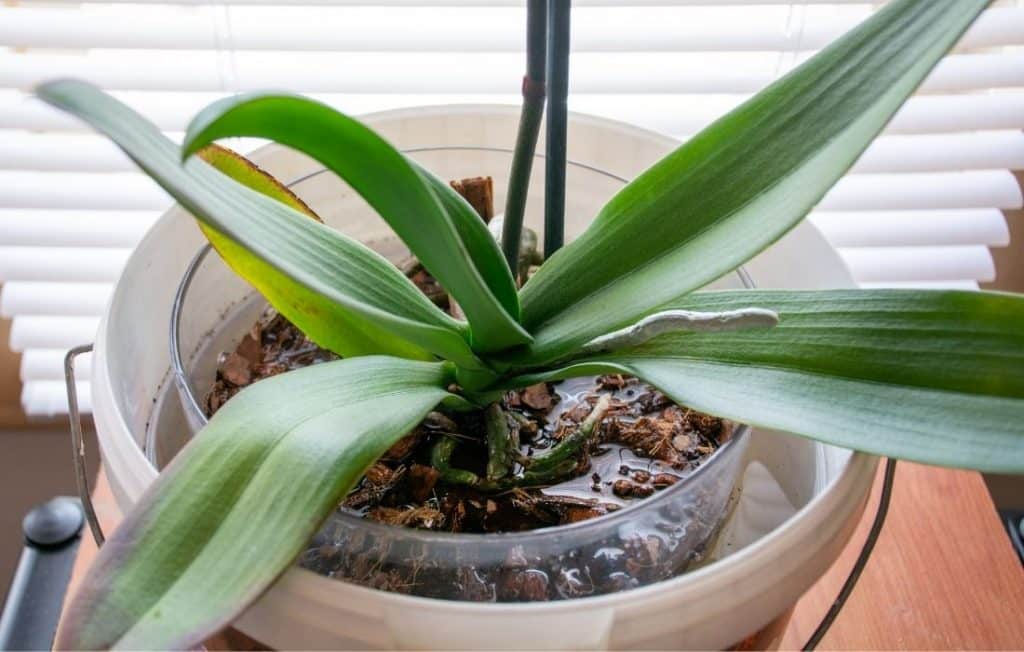
The immersion method is a favorite among orchid enthusiasts. To use this method, fill a container larger than your orchid pot with room-temperature water. Submerge the orchid pot in the container. Once air bubbles stop rising, remove the pot and let excess water drain. This method should not be used frequently, as it can leach nutrients from the soil. It’s best done once a month, ensuring your orchids receive a thorough watering without nutrient loss.
Ice Cube Method
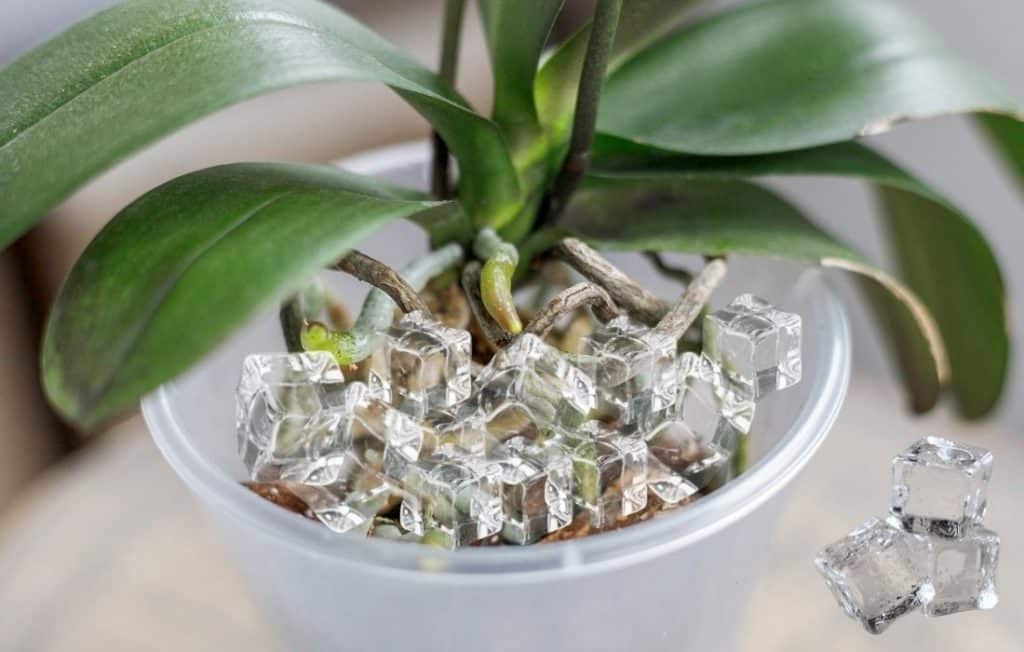
Another effective technique is the ice cube method. Place ice cubes on the potting soil, ensuring they do not touch the leaves. As the ice melts, it provides a slow release of moisture, ensuring the soil is adequately moistened without waterlogging. If excess water remains after melting, be sure to remove it. This method is convenient and helps prevent overwatering.
Choosing the Right Water for Orchids
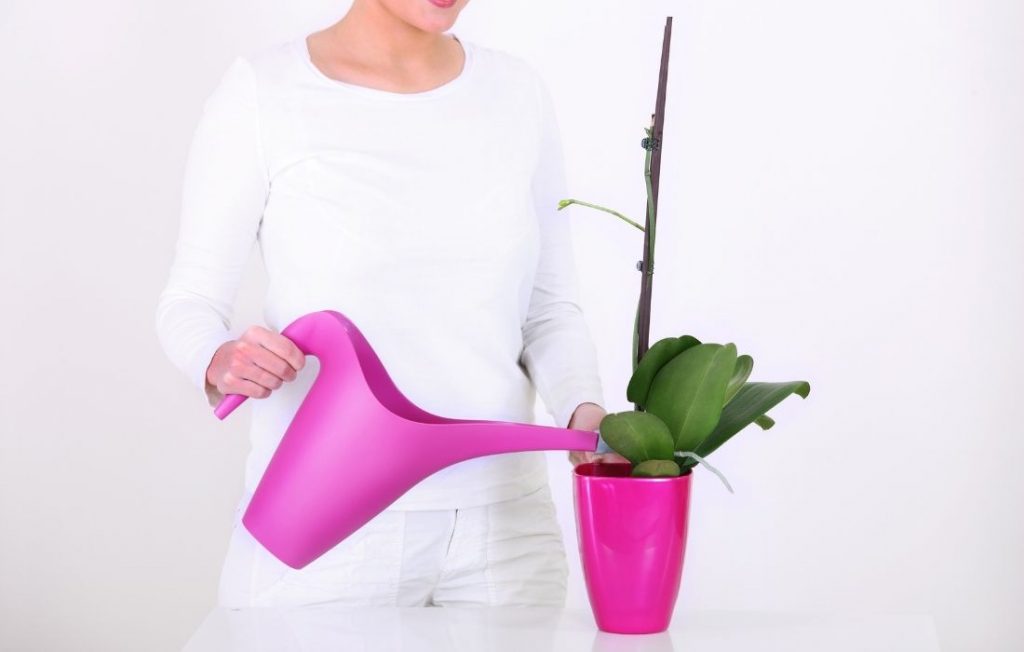
Choosing the right water is crucial in learning how to water orchids properly. Orchids are sensitive to chalky and chlorinated water. Therefore, it’s important to use lime- and chlorine-free water. You can use tap water that has been boiled and cooled to room temperature. Avoid using water that is too hot or cold, as it can damage the roots. Rested water at room temperature is ideal for orchids. While additional fertilizer in irrigation water is not necessary, you can mix flowering fertilizers if desired. This choice will help your orchids bloom beautifully.
Maintaining Leaf Moisture
Orchid leaves also require constant moisture, and misting is a great way to achieve this. Ensure that the water used for misting is free of lime and chlorine. Mist the leaves in the morning or afternoon to avoid spots caused by droplets drying too quickly. Avoid misting at night, as it can lead to water spots on the leaves. Regular misting helps maintain leaf health and adds to the overall humidity.
Tips for Successful Orchid Care
In addition to learning how to water orchids, there are several tips that can enhance your orchid care routine:
- Monitor Environment: Pay attention to the environment where your orchids are placed. Factors like light, temperature, and air circulation can affect watering needs. Adjust these elements to suit your orchids.
- Use Proper Tools: Invest in tools like humidity meters and transparent pots to better understand your orchid’s needs. These tools will help you make informed decisions about watering.
- Educate Yourself: Continuously educate yourself about orchid care. Each variety may have specific requirements, and staying informed will help you provide the best care possible.
Conclusion
By understanding how to water orchids and observing their needs, you can ensure your plants remain healthy and vibrant. Using the focus keyphrase “How to water orchids,” we’ve explored various methods and tips to help your orchids thrive. Remember, the key to successful orchid care is observation and adaptation to your plant’s specific environment. With these tips, your orchids will be well on their way to flourishing beautifully. Don’t forget to enjoy the process and watch your orchids bloom into stunning displays of nature’s beauty. You may also be interested in our article about “Orchid Potting Mix”

